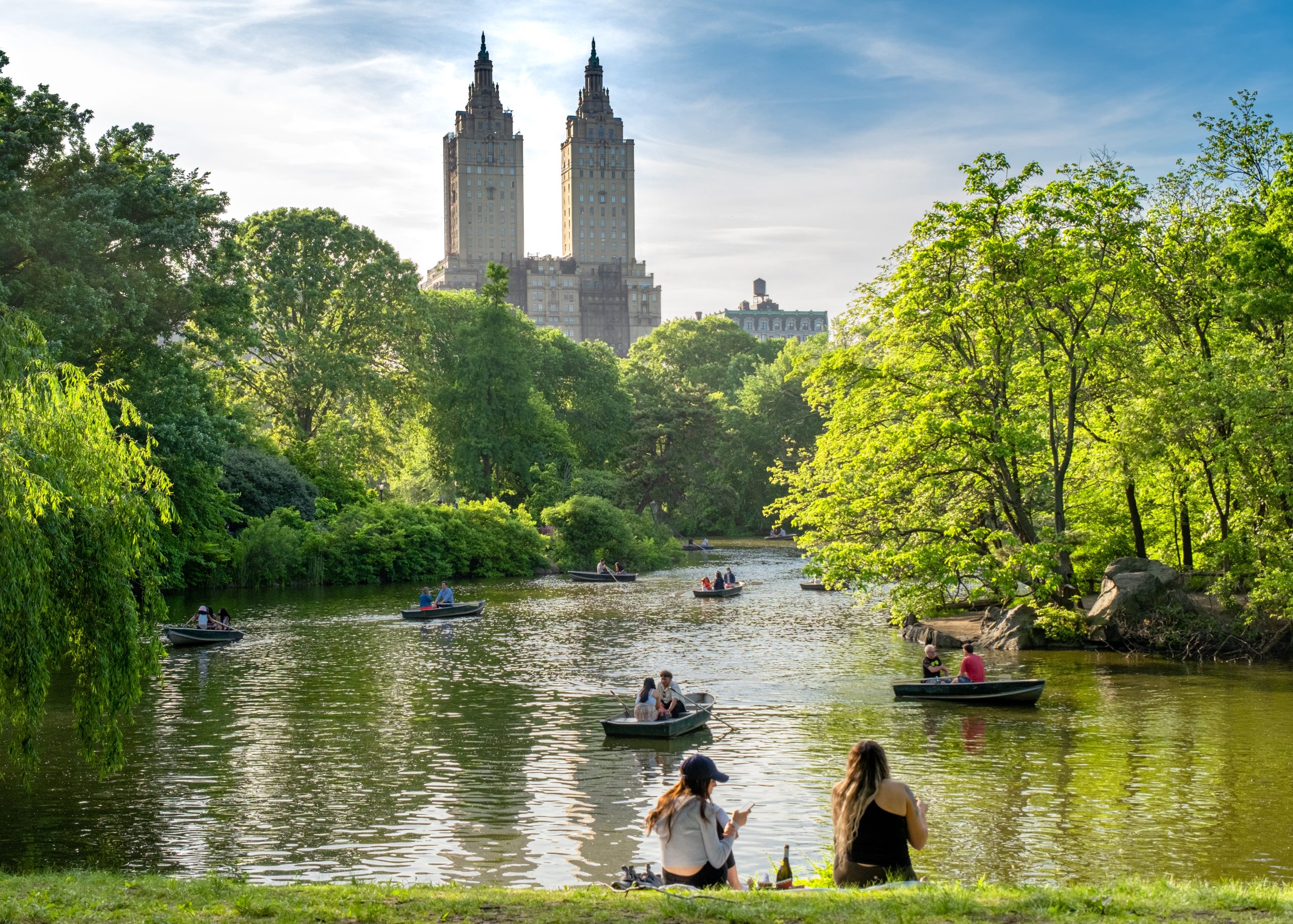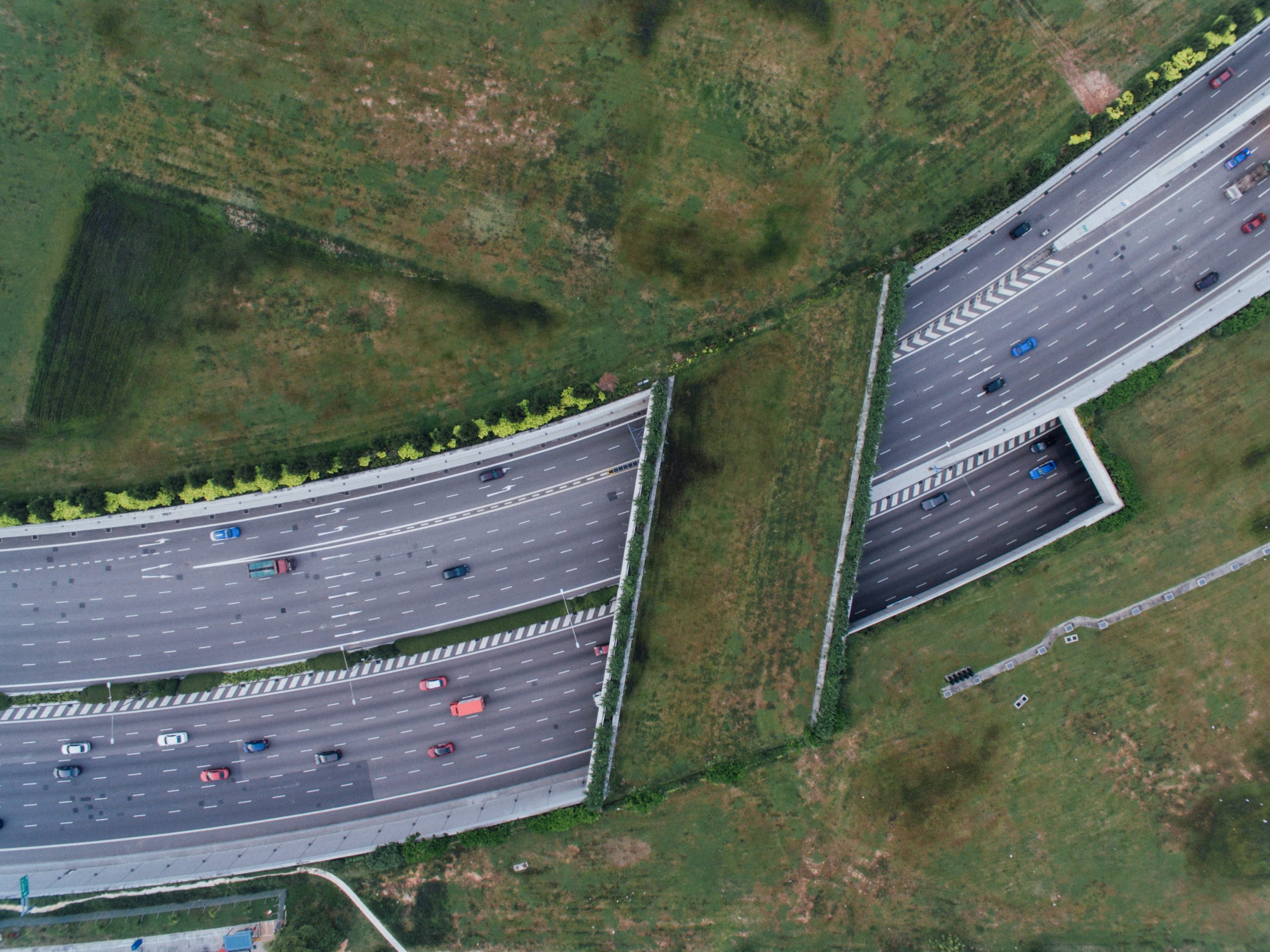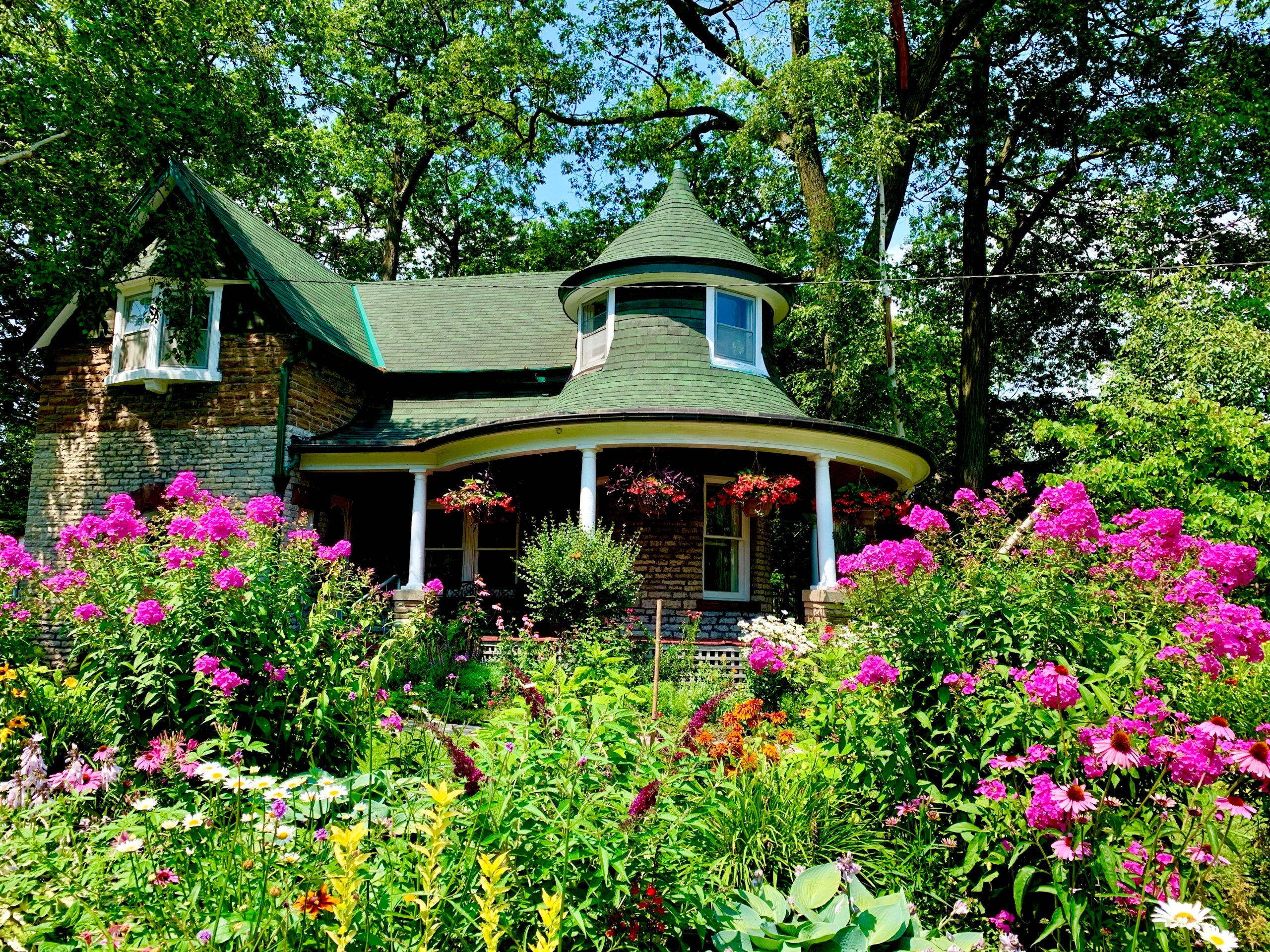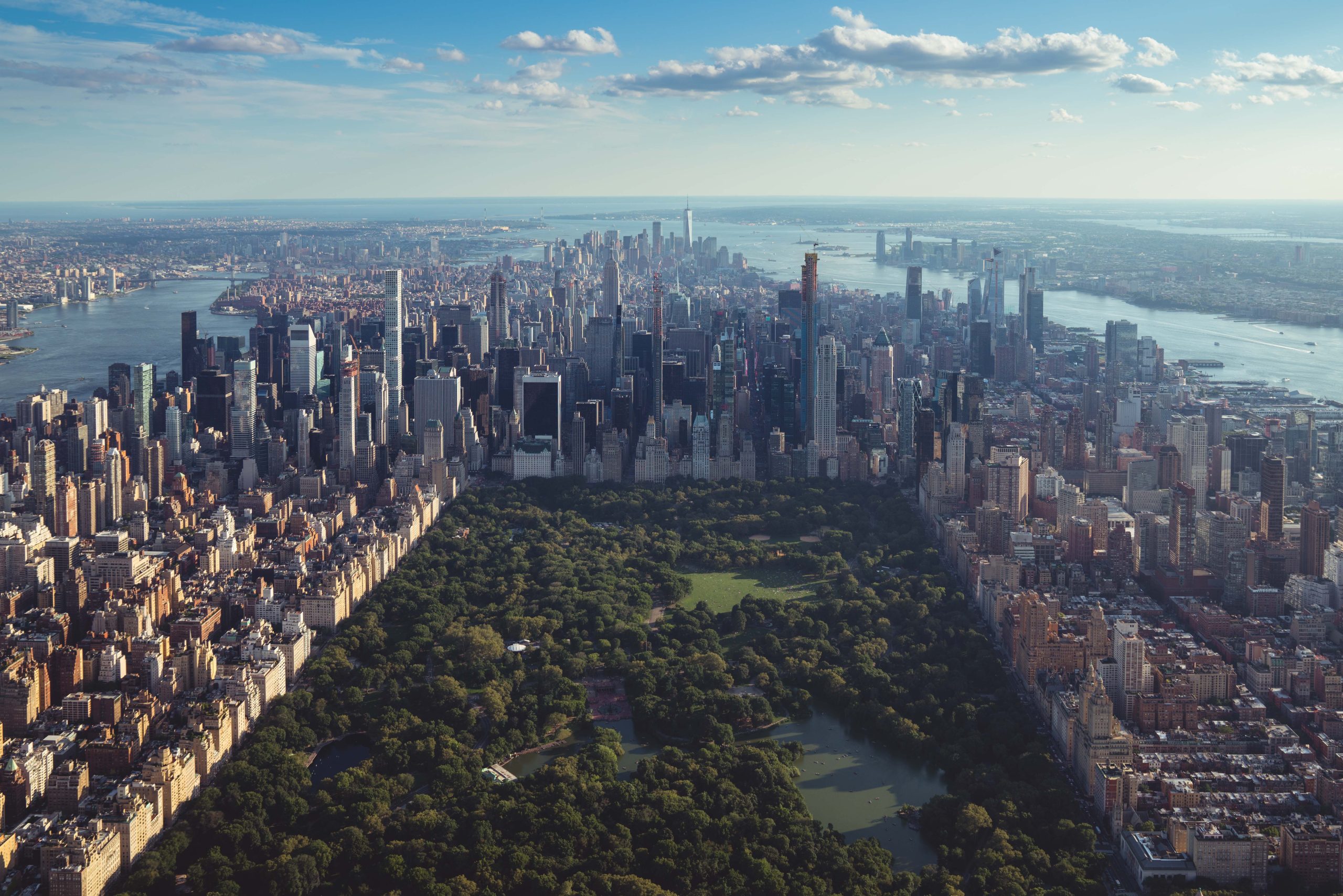Patch Size
Image credits: Ricardo Gomez Garrido, CC BY 2.0
Patch size — the area of each discrete greenspace in a city— is one of the two main drivers of urban biodiversity. We define patches as contiguous greenspaces of at least 2 acres (0.8 hectare) in size.
Biodiversity declines rapidly when greenspaces are smaller than 10 acres (4 hectares) in size, while large patches greater than 130 acres (52.6 hectares) in size can host species that are area-sensitive and intolerant of urban environments. Networks of habitat patches greater than 2 acres (0.8 hectare) maintain species richness in urban settings.
Patches can range from smaller neighborhood parks to golf courses, cemeteries, and large city parks, as well as natural spaces such as forests and lakes. Larger patches generally support greater biodiversity because they contain more kinds of habitats and provide more resources than smaller patches.

Relevant Planning and Design Strategies
The Urban Biodiversity Framework identifies seven key landscape elements that, when integrated together into urban design and planning, have the greatest chance of supporting the greatest number of species. Each element is related to various strategies from the urban planning, site design, and detailed design chapters.
- All Strategies
- Urban Planning
- Site Design
- Detailed Design




